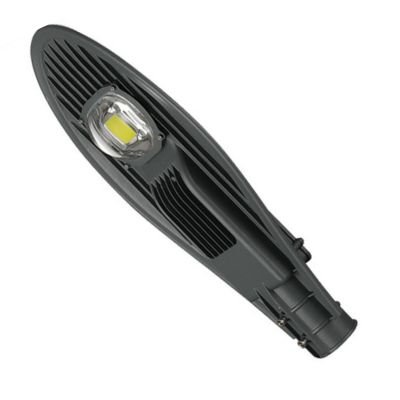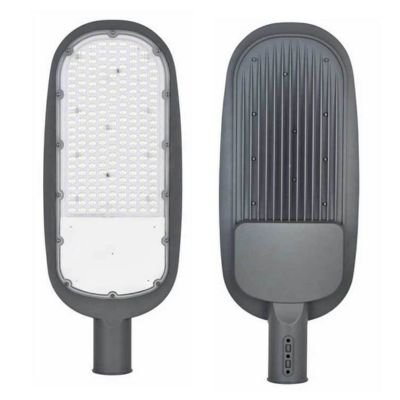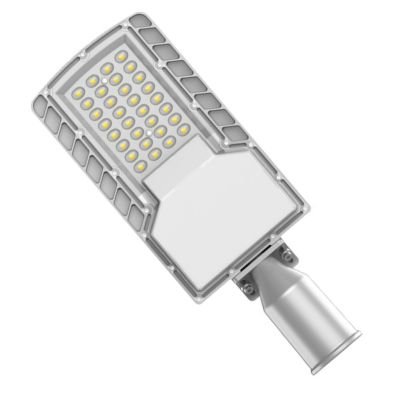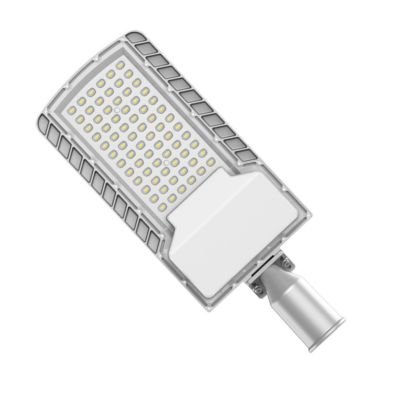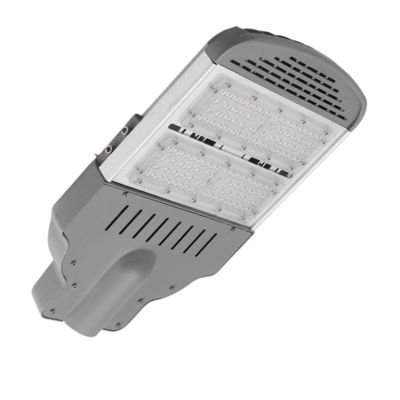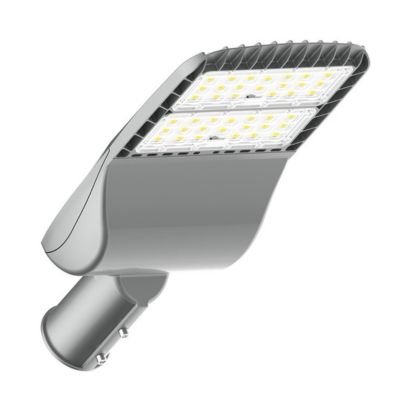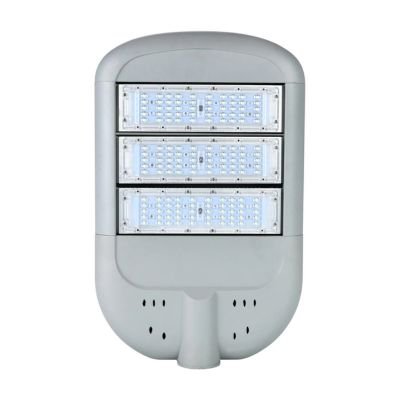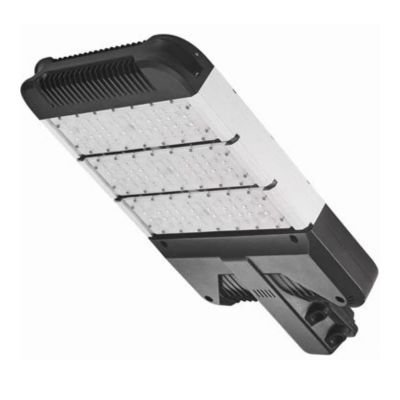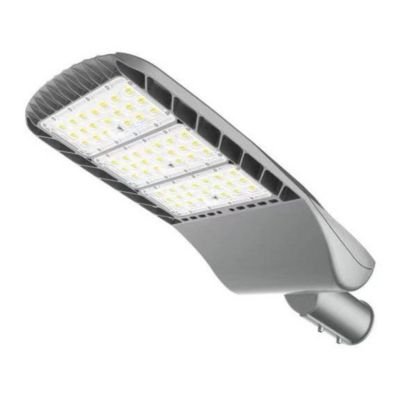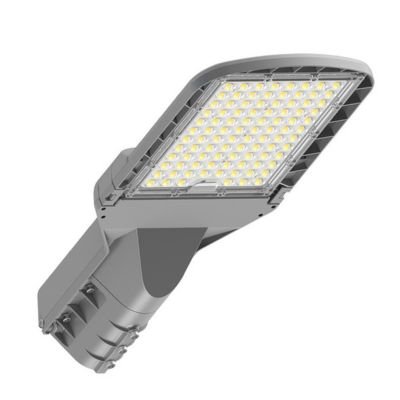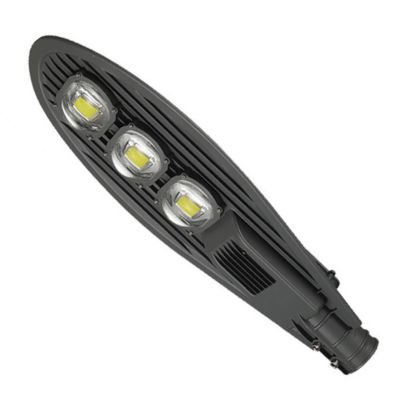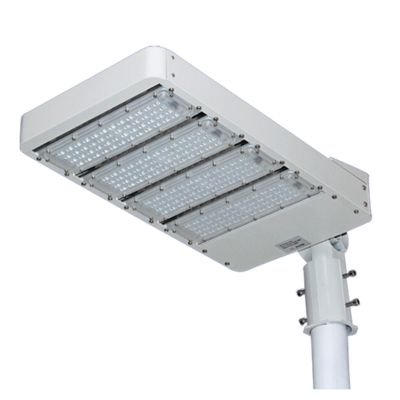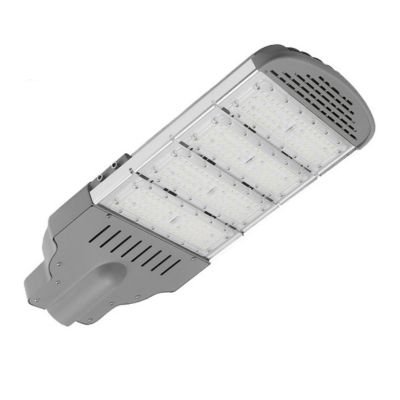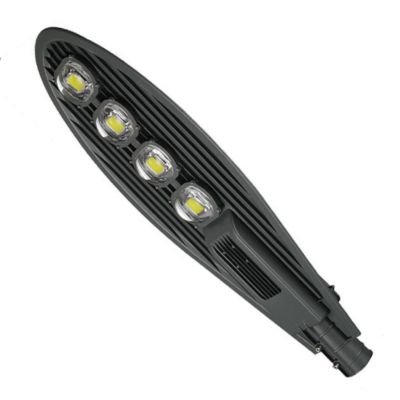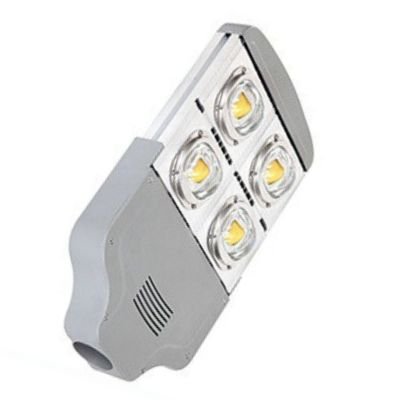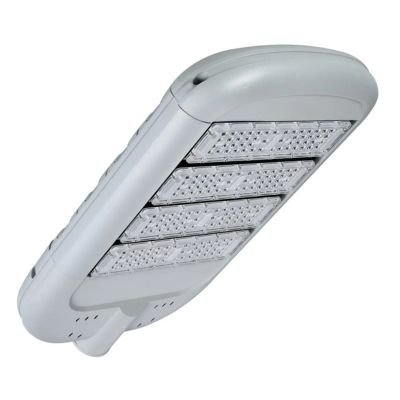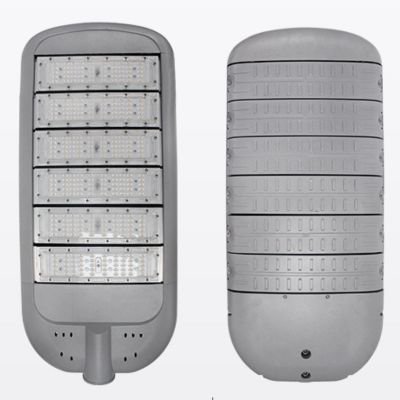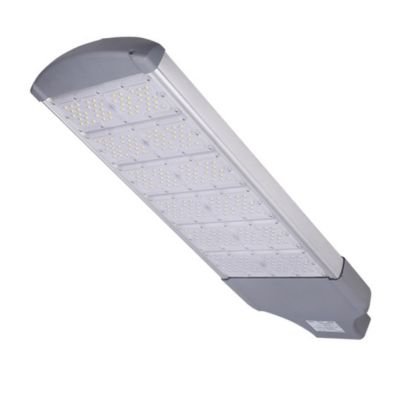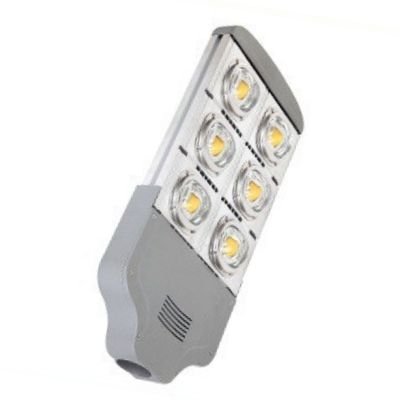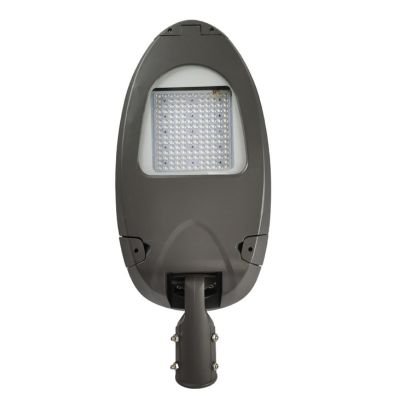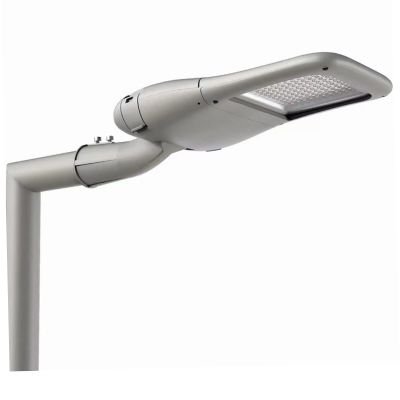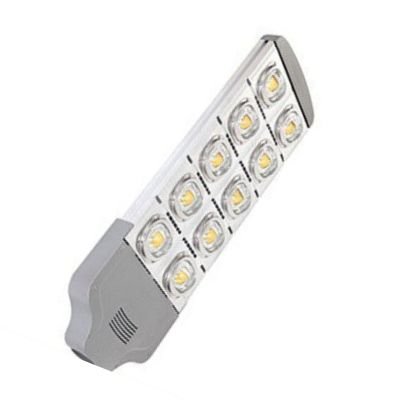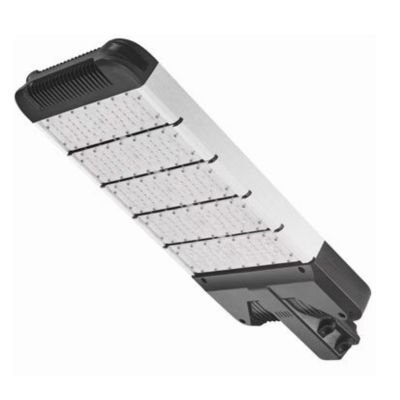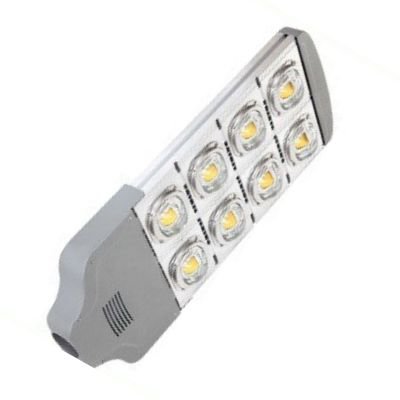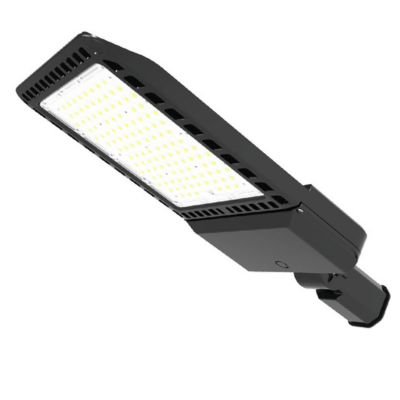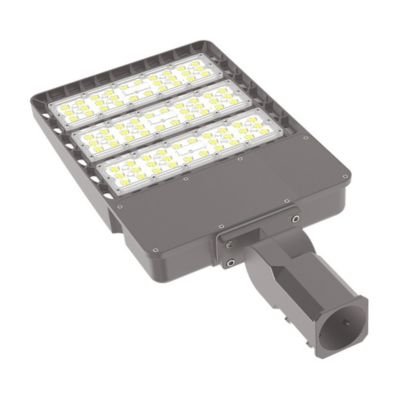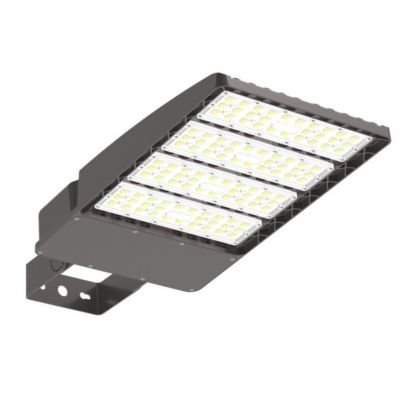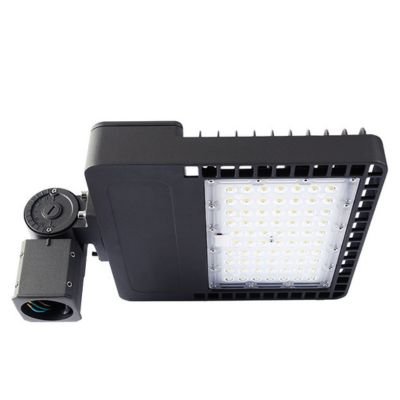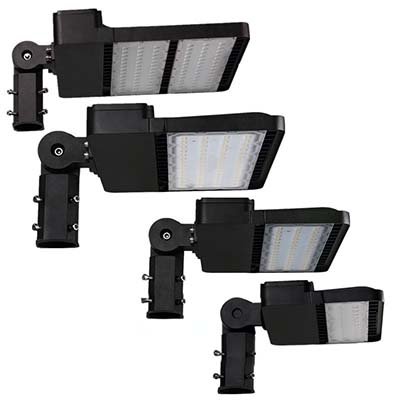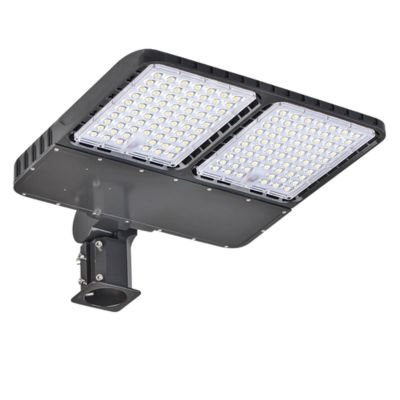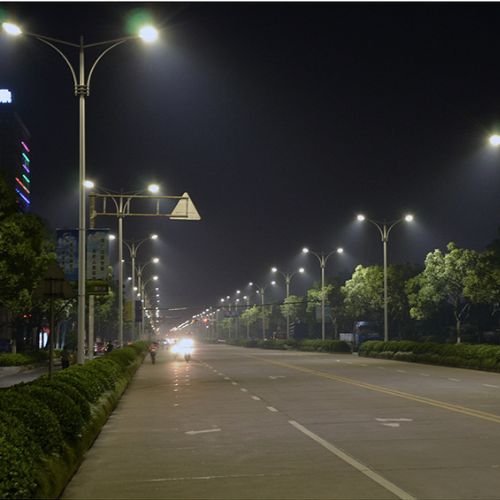China LED Street Light Manufacturer
Your professional LED street lighting manufacturer is located in the outdoor lighting industrial Chain center. We can meet your wholesale or project requirements with professional service.
LEDBLOC's LED Street Lights
International buyers often struggle to choose a professional outdoor lighting supplier or OEM factory in China, as the uneven product quality and service levels can often lead to business difficulties or even crises.
Our outdoor street lights are comprehensive in variety and moderately priced. They are also developed by professional R&D personnel in combination with market conditions, which ensures their popularity.
We have 10 years of experience in OED/ODM street light manufacturing and excellent management experience from sales to manufacturing. We can guarantee a 100% product qualification rate and delivery capability.
Since you have found us, don’t hesitate to contact us ahead of your competitors. Please fill out this form!
LEDBLOC 's LED Street Light Specifications
Our outdoor LED street lights come in over 8 series, suitable for residential, industrial, municipal, and retrofit applications.
50 Watt LED street light Series
Small watts street lights like 30W 50W, and 60W are often used for residential or paths to provide necessary illumination. We designed this series to be Lightweight minimalist and easy to mount.
100 Watt LED Street Light Series
We design our 100-watt street lights Very textured and practical. Our deliberate design of COB and 3030 Modular light sources can make the light effect excellent.
LED Street Light 150w Series
Our 150W streetlight series has a consistent design technique. This provides a richer brightness selection in small and medium-sized road illumination for the Road lighting project.
LED Street Light 200w
A single 200W street lamp can provide 18000-22000 lumens, the installation height can reach 6-8 meters and can provide main lighting for main roads or auxiliary roads.
LED Street Light 300w Series
300W street lights can be used for urban municipal road projects, our high brightness module street lights can be installed up to 8-13 meters, and a single lamp can illuminate 120-150 square meters.
Commercial LED Street Lights
In commercial use, road lighting products with more power and excellent appearance are often required. So We push out 400-500W high power COB street lights that can provide more lumens. And our new style street lights series can meet most of the commercial place applications.
LED Shoebox Light
Shoebox lights are very popular in North America and are also a common style of road lighting. Our range of shoebox lights is available in a variety of styles and provides sufficient mounting options.
36 Products Found.
Our LED Street lights in multiple scenarios
After ten years of market sedimentation, LED street lights have been widely used. They can provide primary lighting for overpasses, highways, city streets, town roads, main roads, residential roads, bridges, industrial roads, and sports venues.
Features of our Deliberate crafted Street Lights
Our products have a number of advantages and selling points that ensure our suppliers’ success. We are constantly improving these products to ensure competitiveness.
Our high quality LED Street lights are installed all round the world.
We can provide you with all kinds of streetlights to meet your specific needs.
We pay great attention to constantly improving the texture and quality of our products.
Buy our products and you won’t suffer at a loss in price.
There are enough selling points to increase your sales to make more profits!
As outdoor lighting, we have the ultimate requirements and pursuit of quality control.


High Brightness Chips
We use high brightness 3030 Chips to make the light source that the light efficacy can up to 110-130Lm/W. The light penetration effect is good and can illuminate a larger area.
Multiple Beam Angles
We offer a variety of lenses to achieve a wider range of beam angles, such as 10°, 20°, 40°, 60°, 90°, 120°, 140 x 100°, P50, P50H. It can be used with a 180° rotatable bracket.




High quality Drivers
The drive power supply is essential for ensuring the lifespan of outdoor lamps. We use well-known brands such as Philips and Mean Well to improve the overall durability of our street lamps.
More options of Using
We provide more options for specific use such as photoelectric control, motion sensor, and remote control. And more useful mounting options such as slip fitter, arm mount, trunnion-A, trunnion-B, and Adapter bracket.




Inclement weather protection
The protection level of a street light is very important in the face of severe weather, which directly determines the use stability and service life. Our street lights use thickened silicone seals to ensure that their protection performance is higher than IP65.
Discovery More about LED Street lights
Here are some questions about street lights that are frequently asked by beginners. We have made a simple list and summary for your reference.

Compared to traditional street lights, LED street lights are more efficient in energy use. A 100W LED street light can provide 10,000 to 13,000 Lumens. But a Halgon street light only can provide 5000-8000Lm.
The LED lamp's life span can reach 5-9 years, but the conventional Halogen lamp only 1-2 years. So you will reduce maintenance lab costs and repair costs.
The LED lamp can provide more options in light colors, such as PW NW and WW. The traditional lamps are hard to reach.
Halogen lamps, incandescent lamps, and CFLS lose 50% of their brightness in one year, while LED lights lose 10% of their brightness each year.
LED lighting is environmentally friendly, with low emissions and low recycling costs. Halogen lamps contain toxic gases and require professional disposal.
Sums Up, LED street lighting is the best choice in today's application market. In Long-term use, not only cost savings but also high overall reliability.
Flickering: Newly installed lamps typically do not flicker. However, street lights used for more than two years may flicker due to water ingress, short circuit, or power failure (capacitor rupture).
Dimming: If a street light suddenly dims significantly compared to other street lights installed at the same time, it indicates that the light source of the lamp has malfunctioned due to one of the following reasons: water ingress (short circuit), high-voltage impact (partial light source damage), or broken solder joints (heating of solder joints leading to reduced current). The lamp needs to be removed and repaired.
Burnout: If a lamp fails to light up after being used for a long time, it is likely due to the aging of the overall electrical circuit. In this case, replacing the lamp with a new one is necessary.
To determine whether there is a subsidy for replacing LED outdoor lights, you need to check the specific policies of your country or region. According to our knowledge, some countries do offer subsidies. You can search for relevant keywords on Google to find out about subsidy policies.
Yes, it is possible to replace the light source of an existing lamp with an LED light source. You will need to modify the internal circuit to accommodate the LED driver and light source. The necessary components are readily available for purchase.
Reliable Street Lights Manufacturing Companies
Over the past 10 years, we have built 16 professional outdoor lighting production lines to meet your LED street light order requirements. We have provided private label services to over 100 companies or brands and established long-term partnerships.



We have established strict outdoor lighting process specifications and procedures to ensure that product details are well-controlled in the production process.



Our production workers have been with the company for many years and have mastered all the production processes. They can complete the daily production tasks assigned by the manager excellently.
LED Street Lights Quality Control Process
We have a well-established quality monitoring system. We guarantee that your products will not miss any process steps, from incoming inspection to aging test, and the qualified rate is 100%.



Efficacious Service
The key to our success is our efficient service and our ability to follow up with customers. We also communicate effectively and often achieve positive results.
When you search for a reliable street light supper on Google, It's hard to decide which one you really want. As an outdoor lighting supplier with ten years of experience, we have continued to provide quality products and services to international customers.
We know each client's real considerations and pain points in this field, and We have trained a group of very experienced sales engineers to provide full process services.
We offer professional customized services to meet your needs and solve your problems with sincerity.
Please contact our sales to get the newest information.
Yes. After receiving your sample fee and shipping costs, we will quickly make a sample for you and ship it out.
Generally speaking, orders of 10-20 lights are acceptable.
Most of our products are priced in the mid-range, with some high-end versions being slightly more expensive. Our quotation sheet provides volume discounts.
For customized needs, we may need to charge several times the price of regular products.


